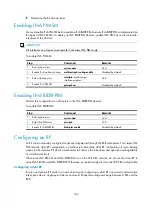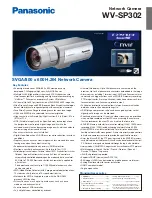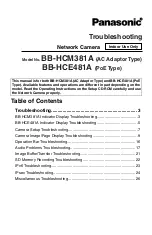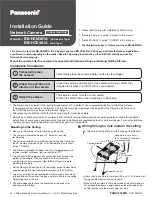
311
Neighbor discovery
IPv6 PIM-SSM uses the same neighbor discovery mechanism as in IPv6 PIM-SM. For more information,
see "
DR election
IPv6 PIM-SSM uses the same DR election mechanism as in IPv6 PIM-SM. For more information, see "
."
SPT building
The decision to build an RPT for IPv6 PIM-SM or an SPT for IPv6 PIM-SSM depends on whether the IPv6
multicast group that the receiver will join falls into the IPv6 SSM group range. The IPv6 SSM group range
that IANA has reserved is FF3x::/32, where x represents any legal address scope.
Figure 93
Building an SPT in IPv6 PIM-SSM
As shown in
, Hosts B and C are IPv6 multicast information receivers. They send an MLDv2
report message to the respective DRs to announce that they are interested in the information about the
specific IPv6 multicast source S and that sent to the IPv6 multicast group G.
The DR that has received the report first determines whether the IPv6 group address in this message falls
in the IPv6 SSM group range and then does the following:
•
If the IPv6 group address in the message does fall into the IPv6 SSM group range, the IPv6 PIM-SSM
model is built. The DR sends a channel subscription message hop-by-hop toward the IPv6 multicast
source S.
An (S, G) entry is created on all routers on the path from the DR to the source. An SPT is thereby
built in the network, with the source S as its root and receivers as its leaves. This SPT is the
transmission channel in IPv6 PIM-SSM.
•
If the IPv6 group address in the message does not fall into the IPv6 SSM group range, the
receiver-side DR sends a (*, G) join message to the RP, and the source-side DR registers the IPv6
multicast source.
In IPv6 PIM-SSM, the term "channel" refers to an IPv6 multicast group, and the term "channel
subscription" refers to a join message.
Source
Server
Host A
Host B
Host C
Receiver
Receiver
IPv6 multicast packets
SPT
Subscribe message
DR
DR
RP
















































